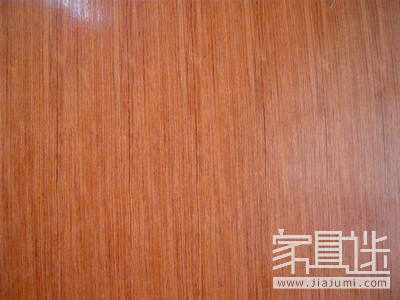Veneer is a popular surface material used in furniture such as wardrobes, cabinets, dining tables, and chairs. It helps conserve wood resources, offers a wide range of wood grain patterns, and provides various size options. As a result, it has become an essential component in modern home decoration. In general, veneer refers to a thin sheet made from wood or fiber, which is not suitable for use as a base material on its own. A common misunderstanding is that "veneer brick" is similar to a tile, which can be applied to walls. However, this is not accurate, as veneer is specifically designed for surface finishing rather than structural use. Walnut Veneer Commonly used wood decorative panels typically come in standard dimensions such as 2440x1220 mm, 1000x2000 mm, 1220x2000 mm, and 1200x3000 mm. The thickness usually ranges from 3 mm, but there are also other options like 0.9 mm, 1.2 mm, 1.5 mm, 1.8 mm, 2.0 mm, 2.7 mm, 3.0 mm, and 3.6 mm. Thicker veneers tend to perform better, offering a more solid feel after painting, with clearer wood grain, brighter color, and better saturation. Related Reading: A Guide to Choosing the Right Veneer When selecting veneer, consider the following factors: (1) Choose a veneer with low formaldehyde emissions. You can test it by smell—if the odor is strong, it likely releases more formaldehyde, which can be harmful. Look for environmental protection certificates as well. Although eco-friendly options may cost more upfront, they offer long-term benefits by reducing indoor pollution and minimizing future maintenance costs. (2) Ensure there is no glue separation or bulging. The internal layers should remain stable without any delamination between the surface veneer and the core material. (3) Understand the difference between natural veneer and engineered veneer. Natural veneer features real wood grain with irregular patterns, while engineered veneer has a more uniform texture and pattern. (4) Check the surface for visible defects. It should be smooth, free from burrs, scratches, or planing marks. Avoid any boards with cracks, knots, bark, resin pockets, or gum lines. (5) Pay attention to aesthetics. The appearance should be visually appealing, with fine, even material, clear color, consistent wood tone, and beautiful grain patterns. (6) Inspect the thickness of the veneer layer. A thicker veneer generally offers better performance, resulting in a more realistic wood look after finishing, with clearer texture and richer color. (7) Always purchase from reputable manufacturers that provide clear product information, including factory names, addresses, and trademarks. Make sure to request test reports and quality assurance documents to ensure you're getting a reliable product. Professional Hair Clipper,Professional Clippers,Professional Hair Trimmer,Professional Trimmer For Men Zhejiang Hisun Electrical Appliance Co.,Ltd , https://www.cn-hisun.com